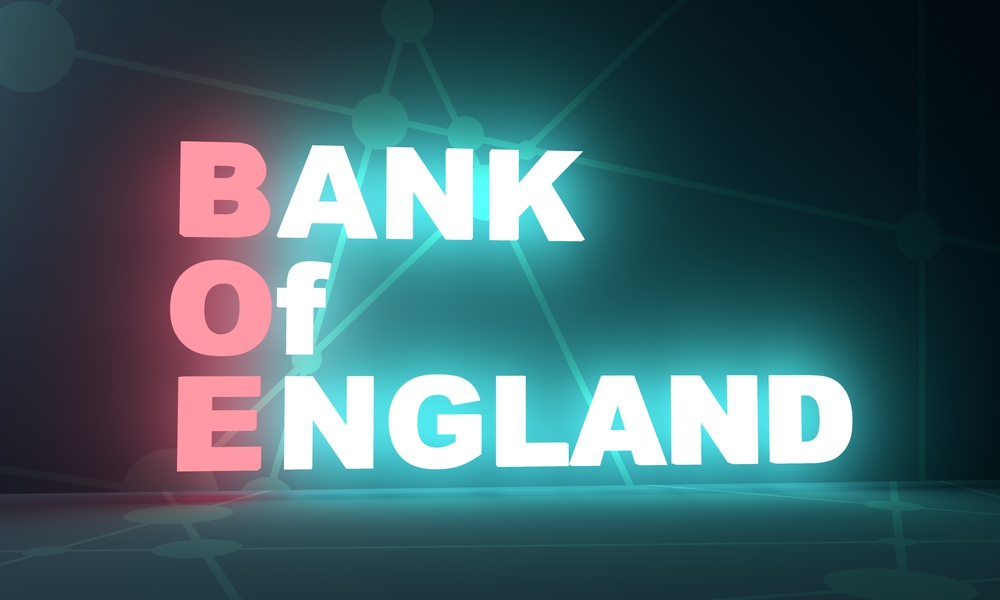
Monetary Policy & Inflation | Rates | UK

Monetary Policy & Inflation | Rates | UK
This article is only available to Macro Hive subscribers. Sign-up to receive world-class macro analysis with a daily curated newsletter, podcast, original content from award-winning researchers, cross market strategy, equity insights, trade ideas, crypto flow frameworks, academic paper summaries, explanation and analysis of market-moving events, community investor chat room, and more.
The BoE will announce policy and update forecasts on Thursday. We expect they hold rates unchanged, but signal they are looking to cut sooner rather than later. While we initially anticipated a first cut in May, that scenario is now less likely, though still a tail risk.
We expect a 1:8 vote for a cut, with Dhingra being the only in favour. And while Ramsden’s recent remarks hint at a possible support for a cut, we see it as more likely he moves in line with the other internal voters.
We expect the tone will be quite a bit more dovish, opening a way to a cut in June or August (my base-case is June). Here, much will depend on the updated forecasts.
On this front, we expect:
Much has been made of the BoE’s apparent internal disagreements on the back of Chief Economist Pill and Deputy Governor Ramsden’s recent speeches. We see the recent trend as consistently dovish. Pill in his (relatively unhelpful) speech continued to see cuts as some way off from March, but not contradictory to tight policy, while Ramsden supplied strong rationale for easing soon.
Even hawkish Haskel has conceded inflation expectations remain anchored (our long term view), even if Greene and Mann disagree (Appendix: Chart A2).
We expect a lower inflation profile to provide Bailey good cause to sound much more dovish. We expect the BoE will seek to make their first cut a hawkish one. If that is the case, they should use this opportunity to ease market expectations into modest easing. We will watch for comments pointing towards them cutting if forecasts are met.
The market could end up pricing much more dovishness if they opt not to telegraph as much. It means they would have to pivot quickly as the data undershoots ahead (as we expect). In his last speech, Pill seemed cognisant of this risk.
An important topic that will likely need to be broached is the potentially significant impact on financial conditions of Fed policy. Lately, financial conditions appear to have tightened slightly, largely on the back of yield curve moves (Appendix: Chart A1).
The tightening impact of market pricing will be obvious from the forecasts, and the BoE will need to answer questions on whether it will diverge from the Fed. I expect Bailey’s answer will be that they have no problem diverging – the question will be whether the market believes this.
The market is pricing 46bp of cuts this year. This seems far too little given the recent trajectory of inflation momentum (Appendix: Chart A6).
We continue to see value:
For now, we do not expect the BoE will signal an early taper to QT. The rationale for an early taper would be twofold:
However, we do not expect they will signal any change just yet for four reasons:
Spring sale - Prime Membership only £3 for 3 months! Get trade ideas and macro insights now
Your subscription has been successfully canceled.
Discount Applied - Your subscription has now updated with Coupon and from next payment Discount will be applied.